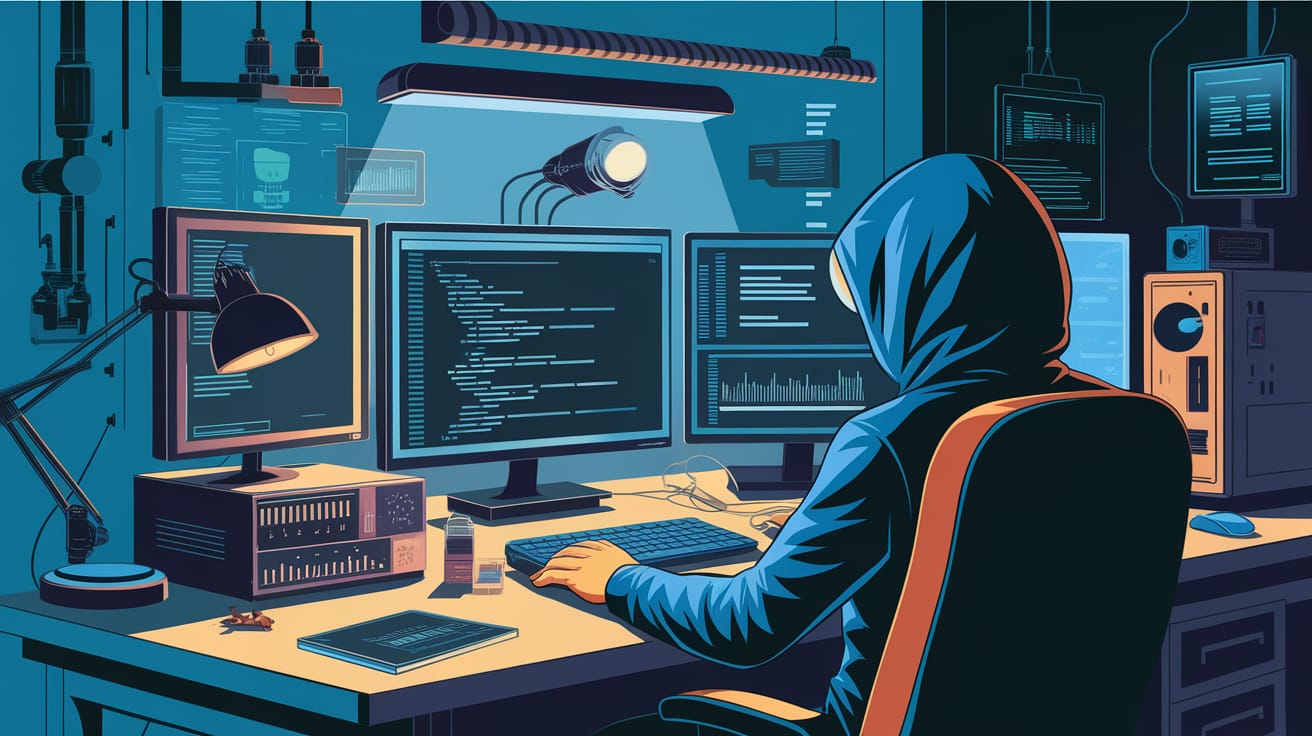Entropy measures the average uncertainty or randomness of a system’s possible outcomes, with higher entropy meaning more uncertainty and unpredictability. For instance, the outcome of a fair coin flip is highly uncertain, reflecting high entropy. Conversely, if a system’s outcomes are highly predictable or one outcome is far more likely than others, its entropy is low, indicating less uncertainty.
Entropy as a Measure of Uncertainty
 Randomness and Predictability: Information entropy quantifies how random or unpredictable a piece of information is. High entropy corresponds to a high degree of unpredictability, while low entropy indicates that the information is more predictable.
Randomness and Predictability: Information entropy quantifies how random or unpredictable a piece of information is. High entropy corresponds to a high degree of unpredictability, while low entropy indicates that the information is more predictable.
Information Content: Entropy is also a measure of the information content of an outcome. The less certain you are about an outcome, the more information you gain when you learn what it is.
“Surprise” Value: High entropy means there is greater potential for “surprise” because less probable outcomes have a greater chance of occurring.
Examples
- Coin Flip: A fair coin toss has high entropy because there’s an equal and uncertain chance of landing on heads or tails.
- Weather Forecast: A forecast with a 50/50 chance of rain has more entropy than a forecast predicting a 99% chance of sun, which has low entropy because it is highly predictable.
- Multiple Suspects: In a crime investigation, high entropy exists when there are many equally plausible suspects, making it difficult to predict the culprit. If there’s only one suspect, there’s no uncertainty (and thus zero entropy) about the outcome.
At its core, entropy tells you how many bits of information (or questions) are needed to determine an outcome from a given set of possibilities. The more possible outcomes there are, and the more equally likely they are, the higher the entropy and the greater the average uncertainty about the final result.
